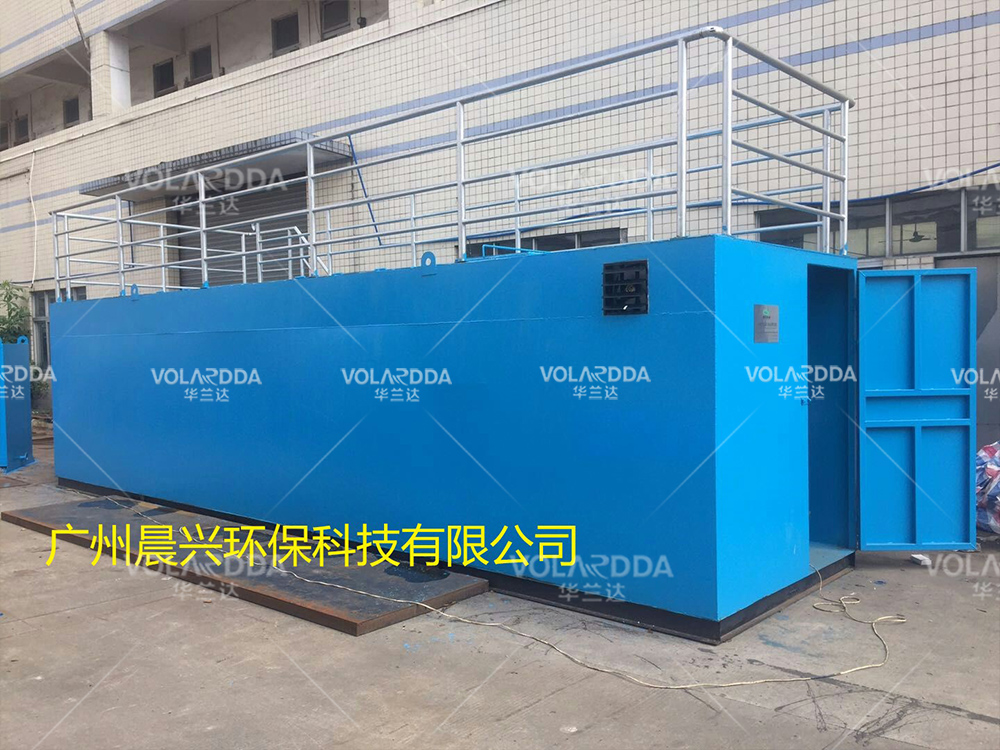Why is MBR membrane easy to scale? How to deal with it?
 Why is it so easy to scale on the MBR film, and it has to be removed and washed for a few months, and online backwashing is useless?
Why is it so easy to scale on the MBR film, and it has to be removed and washed for a few months, and online backwashing is useless?
MBR has been widely and mature in sewage treatment applications, because MBR replaces the secondary sedimentation tank, can ensure the effluent SS and high sludge concentration, saving many polluters in the operation of some troubles, but the membrane pollution problem has also been plaguing the development and operation of MBR! So what should MBR operators do to solve these problems? In order to quickly find the root cause of membrane pollution, and give precise strikes, in order to reduce the frequency of cleaning.
1. Definition of membrane pollution
Membrane pollution usually refers to the process of adsorption and aggregation of substances in the mixed liquid on the membrane surface (outside) and in the membrane hole (inside), resulting in the blockage of the membrane hole and the reduction of porosity, resulting in the attenuation of membrane flux and the increase of filtration pressure.
In the operation of membrane filtration, water molecules and fine substances continue to pass through the membrane, while some substances are trapped by the membrane and block the membrane hole or deposit on the surface of the membrane, resulting in membrane pollution. It can be said that membrane interception leads to membrane pollution. The direct manifestation of membrane contamination is the decrease of membrane flux or the increase of operating pressure.
The nutrient matrix, bacterial micelles, microbial cells, cell fragments, microbial metabolites (EPS, SMP) and various organic and inorganic dissolved substances in the activated sludge mixture system all contributed to the membrane pollution.
The development of membrane pollution can usually be divided into 3 stages (there are also 2 stages) :
(1) Initial pollution: occurs at the beginning of the operation of the membrane system, the membrane surface has a strong interaction with the colloid and organic matter in the mixture, and the pollution methods include adhesion, charge action, and membrane hole plugging. Under the condition of cross-flow filtration, fine bioflocs or extracellular polymers can still attach to the membrane surface, while substances smaller than the membrane pore size will be adsorbed in the membrane pore, resulting in membrane pollution through concentration, crystallization, precipitation and growth and reproduction.
(2) Slow pollution: the surface of the initial membrane is smooth, and large particles are not easy to attach. The viscous substances such as EPS, SMP, and biological colloid are mainly adsorbed on the surface of the membrane to form a gel layer through adsorption bridge and net trapping, resulting in a slow rise in membrane filtration resistance and enhanced retention performance of pollutants in the mixed solution. The contamination of the gel layer is inevitable, and the effect is the slow rise of the membrane resistance. It is shown as a slow rise of TMP in constant current operation and a slow decay of flux in constant pressure mode.
(3) Rapid pollution: Under the action of continuous filtration pressure difference and permeable flow, the gel layer formed in the second stage gradually densifies with the deposition of pollutants, resulting in the membrane pollution changing from quantitative to qualitative. The floc in the mixture rapidly gathers on the surface of the membrane and forms a sludge cake, and the transmembrane pressure difference rises rapidly.
The contamination of the gel layer is inevitable, and the effect is the slow rise of the membrane resistance. It is shown as a slow rise of TMP in constant current operation and a slow decay of flux in constant pressure mode. Once a large number of sludge floc is deposited on the film surface and formed a mud cake layer, the system can not run normally. The main precautions in the MBR operation and maintenance process are to delay gel layer pollution (maintain good hydraulic conditions, clean in situ, control the development rate of membrane pollution, extend the running time of slow pollution) and control mud cake layer pollution (rapid pollution).

